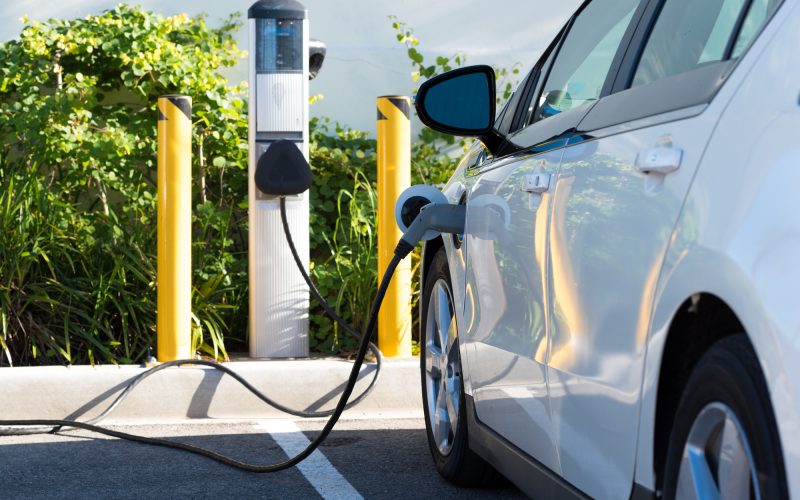Elucidating on Electricity: How Do Electric Cars Work?
Average motorists in the U.S. run their vehicles for 13,476 miles every year. If you’re an average driver, that means you drive about 1,123 miles every month!
Surprised? Wait until you hear about how U.S. drivers set a driving record back in 2016. That year, they drove a whopping 3.22 trillion miles – a 2.8 percent increase from 2015.
But mileage isn’t the only thing on the rise; so is the price of gas, now at $2.86 per gallon. This has led to many opting to go electric.
The question is, how do electric cars work in the first place? What difference do they have over traditional cars and how can they keep you on the roads for less?
We’ll cover all these and more in this post, so make sure you keep reading!
So… How Do Electric Cars Work?
First things first, electric cars come in two types. There’s the all-electric, then there’s the hybrid.
As the term already suggests, all-electric vehicles are 100 percent electric-powered. They don’t have any use for gasoline and rely completely on electricity to turn their wheels. Think of it this way, they have an electric engine rather than an internal combustion engine.
Whereas hybrids, like the Chevrolet Volt 2018, are semi-electric vehicles. They run on both electricity and gasoline. However, their primary source of energy is electricity.
Hybrids only tap into the power of their gas engine when they run out of battery juice. The good news is, if you drive short commutes, like less than 50 miles a day, your battery may not run dry. In theory, you may not actually need any gas at all.
So, to answer your question, “Do electric cars have engines?”, only the hybrids do. Under their hood is both an electric motor and a gas engine. The all-electric ones depend only on the electric car motor built inside them.
Hybrids: The Solution to Limited Battery Power
A huge concern over all-electric vehicles is their short range between charges. The older models (2011) only averaged 73 miles.
The good news is, newer ones (2017 onwards) now boast an average of 114 miles. That still means you’d have to recharge an EV at least 10 times a month.
It’s because of this that hybrids have become more popular than AEVs. Especially for folks who drive longer commutes. Thanks to the backup engine, hybrids won’t stop in the middle of nowhere when they run out of juice.
The Green Advantage of Electric Vehicles
Making the switch to an electric car offers more than a way to save on expensive top-ups. It also offers you a much greener transportation option than traditional fuel-powered vehicles.
How so?
For starters, because they don’t burn fuel, which is responsible for tailpipe emissions. Although hybrids may still have to use fuel, they use a lot less than traditional cars. Also, if a hybrid relies solely on its battery, then it won’t produce emissions.
Traditional cars, on the other hand, account for about a third of the country’s air pollution. Their internal combustion engines are some of the biggest producers of greenhouse gasses. Keep that in mind as you’re comparing your new car options.
Go Electric to Save Money and the Environment
Now that you know how do electric cars work, you can make a much wiser, greener decision on the kind of car to buy next. Granted, electric cars may not be for everyone. But they’re a good option for those who wish to save on fuel and also do the environment a favor.
While you’re here, why not check out our automotive technology posts? You should also check out our list of service repair manuals that can help you with your car maintenance!


